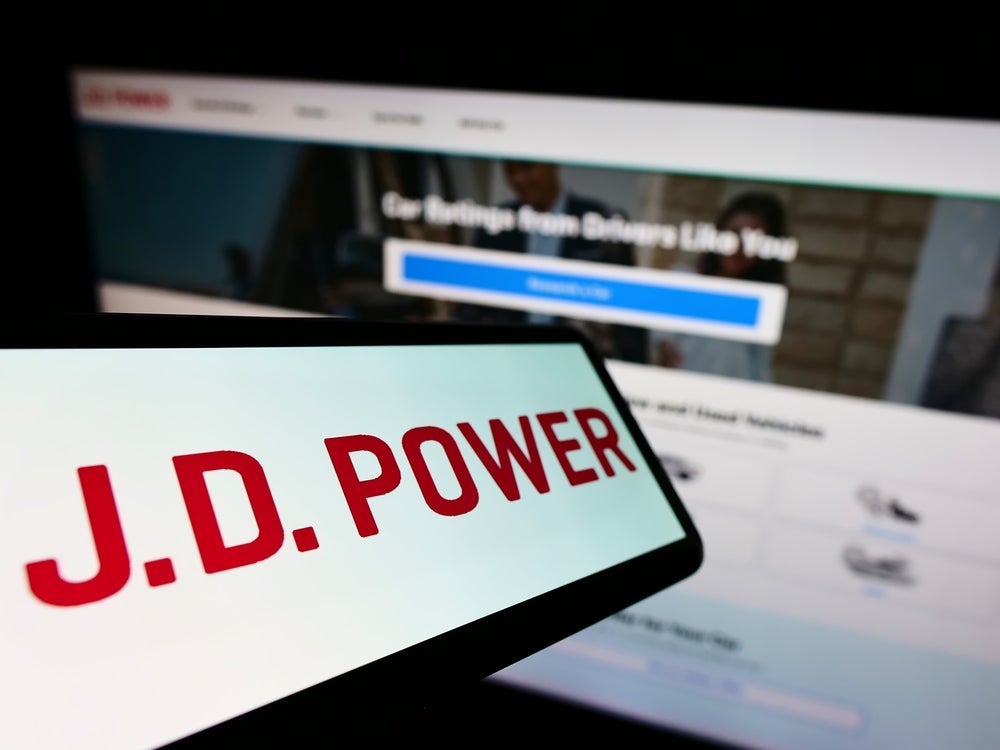The Indian arm of CitiFinancial,
Citi’s consumer finance division, has enjoyed a remarkable couple
of years, in which it gained more than 1.5 million new accounts,
opened one new branch every two working days in 2006 – increasing
its network to 450 branches – and grew its insurance income by more
than 100 percent.
CitiFinancial was one of the first
international finance groups to recognise the phenomenal growth
opportunities of the Indian market, launching a range of vehicle
loans and finance for consumer durables in 1998. It is now,
according to Citi, the most profitable consumer finance business,
not only in India, but in the Asia-Pacific region.
“We are addressing the growing population of middle-class Indians,
who while having reasonable access to formal financial services
products and services may not yet have sought a credit product,”
CitiFinancial’s managing director, Sandeep Soni, told
RBI.
“We have a 450-strong branch network spread across the country, of
which more than 250 are in non-metro locations. 2006 was a year of
accelerated business growth. This year, we plan to consolidate the
gains made through this rapid expansion. We are also looking at
expanding our non-branch channels like the internet and retail
store alliances as a flanking strategy to our branch network, which
will remain centre of plate.”
Consumer spending boom
At stake, according to CitiFinancial, is an
estimated $10 billion to $11 billion Indian market for unsecured
credit, which is growing at 25 to 30 percent per year. India’s GDP
growth of 9 percent and a young population – 80 percent of the
population is under the age of 45 – have also helped fuel a
consumer spending boom in the country.
How well do you really know your competitors?
Access the most comprehensive Company Profiles on the market, powered by GlobalData. Save hours of research. Gain competitive edge.

Thank you!
Your download email will arrive shortly
Not ready to buy yet? Download a free sample
We are confident about the unique quality of our Company Profiles. However, we want you to make the most beneficial decision for your business, so we offer a free sample that you can download by submitting the below form
By GlobalDataIn May this year, Punit Srivastava, a banking analyst with local
stockbrokers Enam Securities, told RBI: “Consumer finance
[represents] 10 percent of India’s gross domestic product [so]
there is a huge opportunity. Margins are under pressure in the
competitive segments such as mortgage but margins are still very
healthy in personal loans.” (See RBI 573.)
The success of CitiFinancial and US rival GE Money in establishing
large consumer-focused asset portfolios has attracted the attention
of a number of Citi’s competitors in the past year. French bank
Société Générale recently expanded its Indian operations with the
launch of consumer loans, nearly one year after it bought a
controlling stake in a local finance firm. It bought Apeejay
Finance in July last year, and is now said to be planning to launch
an insurance venture in the country (see RBI 575).
BNP Paribas has also invested in the country, entering
into a joint venture with Indian financial services group Sundaram
Finance, in May of this year.
In the same month, Barclays announced bullish plans to push into
India, with a range of products that it claims will be a first in
India, such as personal loans offering a maximum term of seven
years against a market average of five years. The UK banking group
believes that it can target growth from the underbanked in India,
based on its experience in Africa.
Small ticket items
In the absence of credit histories on consumers, CitiFinancial and
companies with which it competes, such as GE Money and the consumer
finance operations of Standard Chartered, ICICI Bank and HSBC, have
built internal databases of clients to whom they lend money for
small ticket items such as washing machines and televisions.
While the profit margins are originally low, this strategy enables
CitiFinancial to build a database of tried and tested near-prime
(Citi does not use the term subprime) customers.
The average near-prime CitiFinancial loan is in the region of
INR20,000 ($510) but it can grant loans up to INR300,000. The
typical loan period will be over 25 months with interest rates of
45 to 50 percent.
Citi may also look to expand its Indian consumer finance presence
if it is able to increase its current 12 percent stake in HDFC,
India’s second-largest mortgage lender. HDFC has enjoyed
spectacular growth since it was established in 1994 and now has 754
branches and 1,800 ATMs across 316 Indian cities. Its growth in
annual profits show no sign of slowing – up by 40 percent
year-on-year in the second quarter of 2007 – following four years
in which its net profit grew by more than 30 percent each
year.
According to figures released by the Reserve Bank of India, overall
credit growth in India continues to race ahead. Credit card
outstanding balances were up 46 percent year-on-year, education
loans up 43 percent, consumer durables up 26 percent and home loans
up 24 percent.
In total, analysts have estimated, the underserved Indian banking
market may total as many as 50 million people.







